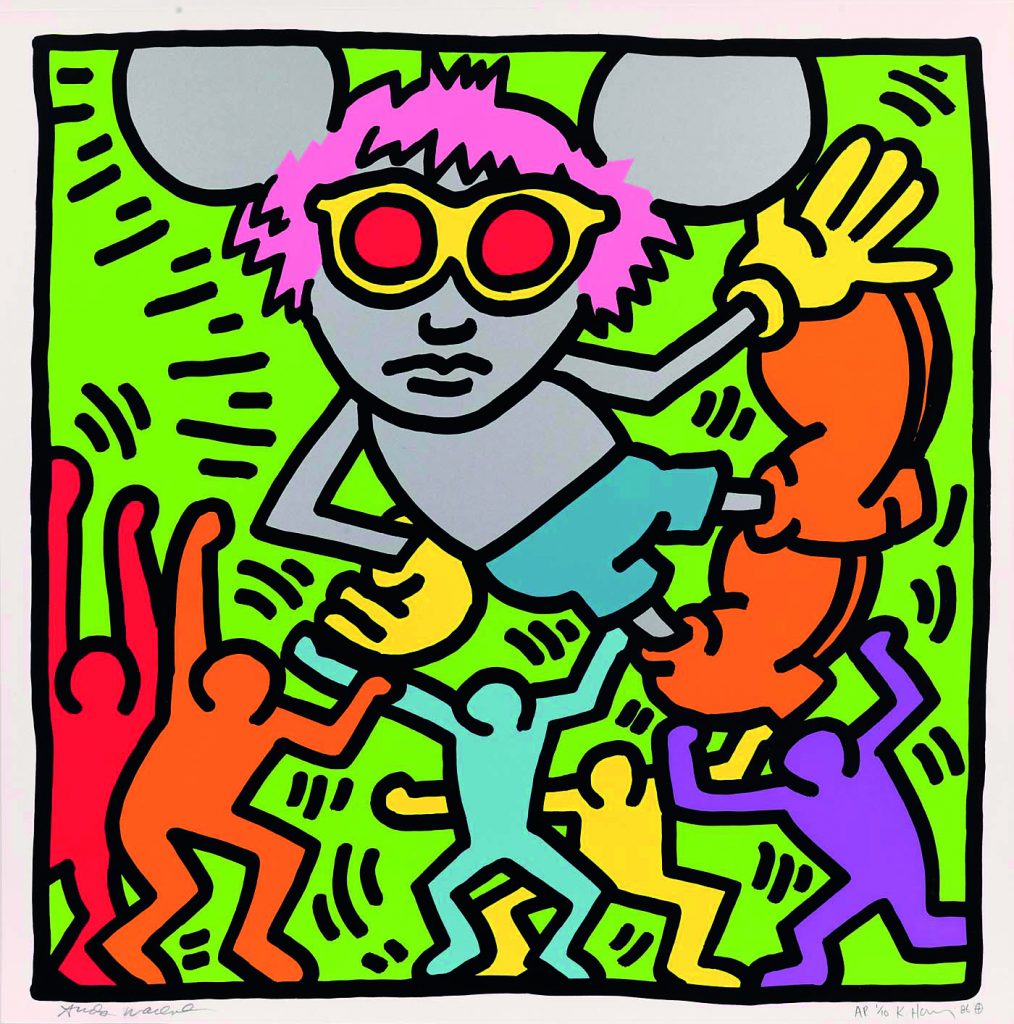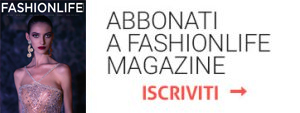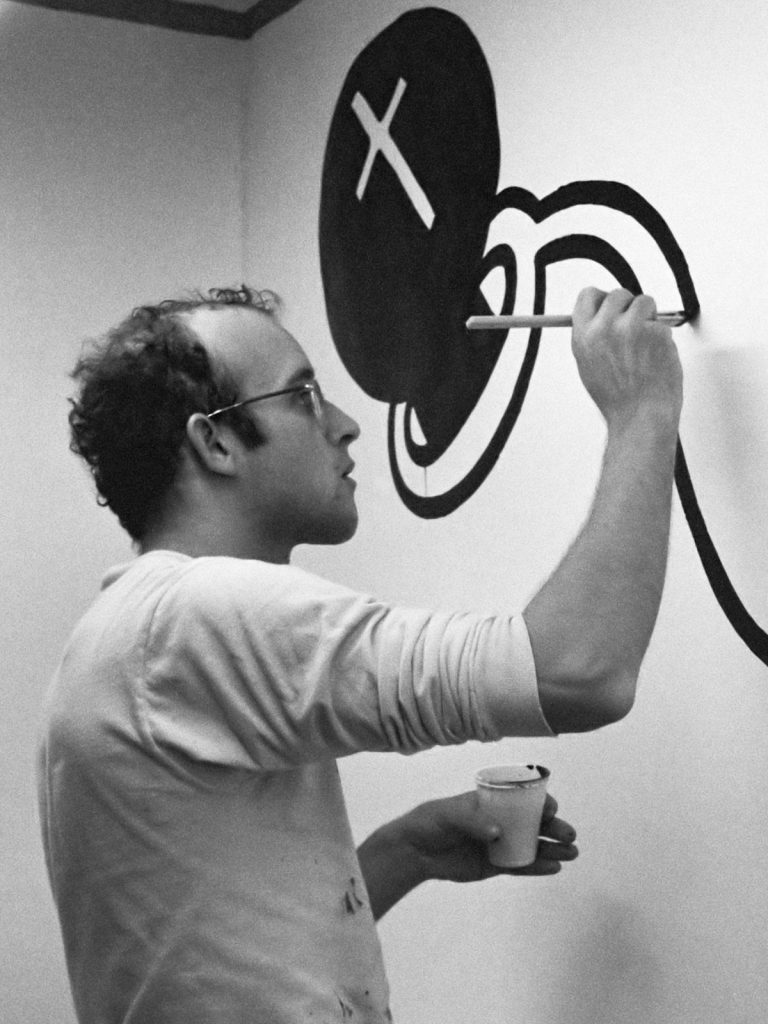It always made me smile at people’s reaction whenever I mentioned Keith Haring. The puzzled look to say, “Who are you talking about?” but if to his name you also show any of his work, his unparalleled style, then people’s faces light up, “Ah yes yes! Now I understand who he is!”
It makes me smile because, 30 years after his death, Keith Haring’s purpose can be called more than achieved.
But let’s start step by step.
Keith Haring was born in Pennsylvania in 1958. Since childhood, he has shown a strong artistic bent by drawing fictional characters that are a mix between a comic book and a cartoon. A middle-class family, they supported his artistic flair by enrolling him in art school, and that is when Keith learned the techniques and knowledge of history’s great artists, from Michelangelo to Leonardo Da Vinci, via Caravaggio to Botero.

The very strong desire to see all the works live pursued him for years, he wanted to be able to see with his own eyes the colors of the world’s most famous canvases, to understand the technique of color and painting, but at the same time he began to limit a political and social idea of art that would be defined precisely through the study of artists: the artist’s work as a social concept.
Squeezed into the provincial American mentality at age 19, he left his hometown to move to cosmopolitan New York City, which would introduce him to fame and popularity, serve as a springboard for his artistic vision but at the same time serve as a hefty bill to pay for a dissolute and promiscuous life.
In his New York years, Haring felt free to live out his homosexuality, which until then he had kept under lock and key, unacceptable in his country of origin, and not only began to experiment with sex with men but made his sexual orientation a political and social action apt to rid the world of the prejudice and stigma of AIDS that in those years had led to gays being discriminated against and hated more than usual.
“His last public work, a year before he died, was in 1989 in Pisa. He painted the facade of the church of Sant’Antonio Abbate, and the work (one of the few with a title) is called ALL THE WORLD. It is a huge depiction of the world, of what Haring hoped the world would become, of love and brotherhood.”
He meets the greatest exponents of Pop Art-Andy Wharol, Jean-Michael Basquiat, and Lee Quinones-but he hates the idea of artwork remaining locked in a museum. Thus the conception of making his worldview in every part visible. He began painting in small public spaces in the subway where people passing by could become familiar with his style. Walls of buildings, cars, plastic bottles, cups and T-shirts. He painted everywhere. Even on himself. Hence his democratic idea of art.
His messages are about freedom, peace, equality. But also very intimate: his pains, fears and passion for sex. He is obsessed with the idea that everyone should know his art, even those who are not interested in art or who cannot afford to go to a museum. And in an age still far removed from social, so he plans to make his images fluent through two major channels very close to young people: MTV and SWATCH watches. In no time his works became iconic becoming the quintessential symbol of the 1980s.
Start traveling the world. His works can be traced to all European capitals and South America. In New York, in the Soho neighborhood, Pop Shop opens. It sells gadgets engraved with his most iconic works but is also a space for young artists can experiment and showcase their artwork.
He died at the age of 31 from complications of AIDS. Realizing he would not live long, he founded the Keith Haring Foundation to support artists who send messages of peace and equality.
His last public work, a year before he died, was in 1989 in Pisa. He painted the facade of the church of St. Anthony Abbot, and the work (one of the few that has a title) is called ALL THE WORLD. It is a huge depiction of the world, of what Haring hoped the world would become, of love and brotherhood.



 “His last public work, a year before he died, was in 1989 in Pisa. He painted the facade of the church of Sant’Antonio Abbate, and the work (one of the few with a title) is called ALL THE WORLD. It is a huge depiction of the world, of what Haring hoped the world would become, of love and brotherhood.”
“His last public work, a year before he died, was in 1989 in Pisa. He painted the facade of the church of Sant’Antonio Abbate, and the work (one of the few with a title) is called ALL THE WORLD. It is a huge depiction of the world, of what Haring hoped the world would become, of love and brotherhood.”







